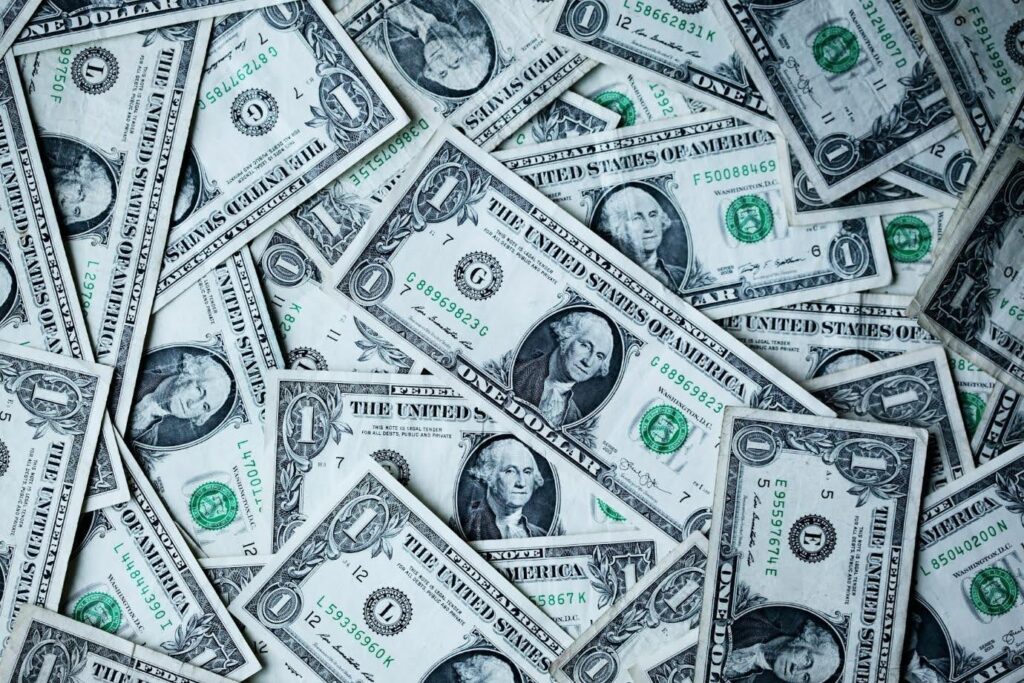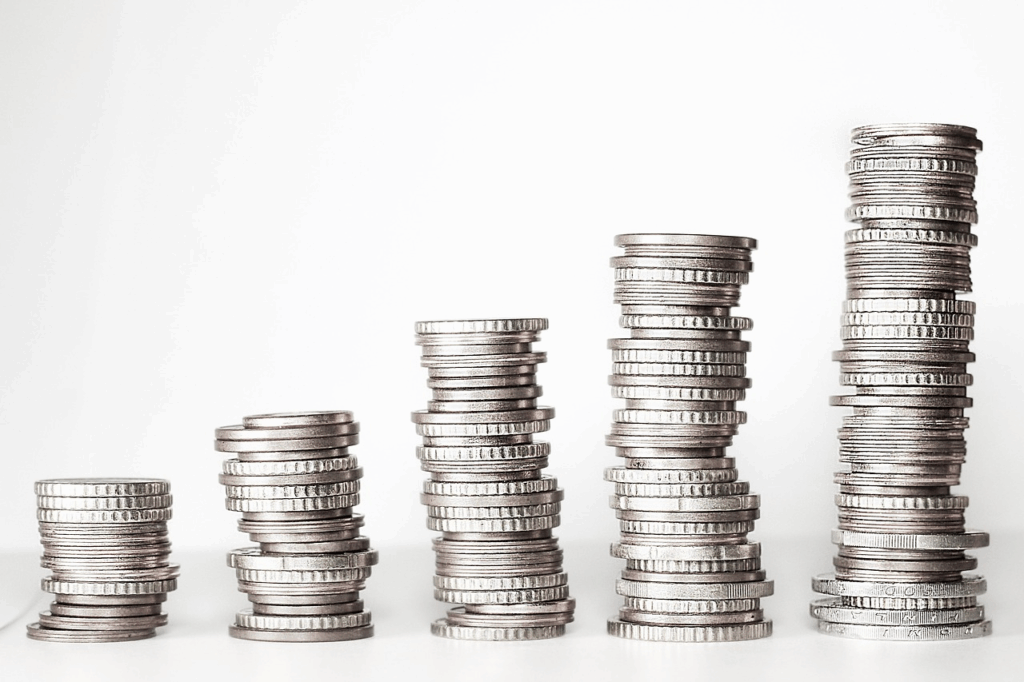
Although there are some who might like to believe that the rampant inflation of the past several years is under control, most people don’t feel that way when they examine their bank accounts at the end of each month – and as expensive as everything seems to have become, wages have largely remained stagnant for quite a while now. The holiday season is nearly here, and you want to make the most of it. It’s a great time to pare down your budget and find the areas in which you’re spending too much – and in this guide, we’re going to help you do it. These are the 6 ways you waste money every day.
Bottled Water
At an average cost of around $1-2 per bottle, bottled water is an expense that really adds up over time – especially if you’re buying it for the whole family. What’s even worse is that discarded water bottles are among the world’s biggest sources of plastic waste. Even if you always put your empty bottles in the recycling bin, there’s a good chance that they aren’t really being recycled. If you cut down on your bottled water consumption, you’ll generate significantly less waste and can potentially save hundreds of dollars per year. Most bottled water is just filtered municipal water anyway; you could do the same thing yourself and save a lot of money.
Disposable Vapes
Do you vape? If you do, there’s a good chance that you’ve swapped one form of excess spending for another because single-use disposable vapes are the most popular vaping products on the market today by a wide margin. Every time you buy a disposable vape, you’re buying a complete vaping device with a circuit board, a microprocessor, memory and a battery. Those components could potentially last quite a long time, but disposable vapes only last a few days before running out of e-liquid. If you switch to a refillable vape like a SMOK Novo, you’ll spend less money and will reduce your waste significantly.
Prepared Coffee
Recent research from the United States Department of Agriculture suggests that the average American consumer spends about 10.4 percent of his or her income on food if meals consumed both inside and outside the home are taken into account. With that in mind, we’ll be discussing food and beverages a few times in this article since this is a prime target for reducing your spending. Are you a daily coffee drinker? If you’re the type of person who just can’t function at work without your cup of morning joe, making your own coffee is an easy way to potentially save hundreds of dollars per year.

According to a 2025 New York Post article, the average drink at a well-known coffee chain costs $5.24. If you buy one of those drinks on the way to work five days a week, that’s a total cost of over $1,360 per year – and that’s before tips are taken into account. If you start making your own coffee, you’ll spend about a dollar per day at the absolute most. You can save even more by switching to tea, which is readily available in bulk and costs significantly less per serving than coffee.
Food Delivery
Preparing your own meals is always the best way to keep your food expenses down, but you’re going to encounter times when cooking for yourself just isn’t feasible. When you’re pressed for time and can’t cook a meal, though, having your food delivered is often the last thing you want to do because it’ll often be much more expensive than picking it up yourself. Here’s why.
- A restaurant will often increase its menu prices by as much as 15 percent per item to offset the delivery service’s commission.
- You’ll pay an additional convenience charge to the delivery service on top of those prices.
- The service will also expect you to tip as a percentage of those inflated prices.
When it’s all said and done, using a delivery service can easily inflate your food bill by 50 percent or more compared to picking it up yourself. If you can’t find the time to buy the ingredients and do your own cooking, you should at least do your best to pick your meal up from a local restaurant on the way home from work. You’ll save a great deal of money in the long run if you do that.
Streaming Services
The average American household uses 3.9 different apps for streaming shows and movies online, and streaming is becoming an increasingly expensive proposition as libraries grow more fragmented across the various services. Making matters worse, you’re probably paying for those streaming services on top of your existing cable fee. Between cable fees and streaming subscriptions, the average household spends around $200 per month. Are you actively consuming all of that content, or are there some subscriptions that you only maintain because you’re afraid of missing out on something? There’s a good chance that you can easily reduce your monthly spending by paring your subscriptions down to the ones you actually use.
Subsidized Phone
Are you the type of person who always carries the latest smartphone in your pocket? It’s fun to play with the latest technology – but if you’re trying to reduce your monthly spending, it’s worthwhile to ask yourself if you really need to upgrade your phone every year.
When you’re on a plan that includes a “free” phone, the phone isn’t really free. The carrier essentially gives you a loan and expects you to repay the loan over the duration of the contract. If you’re using a subsidized phone with a value of $1,200 and have a contract duration of two years, you’re paying at least $50 extra per month on top of the actual cost of the phone plan. You can easily cut your monthly cost in half by buying your own phone instead. Since many people upgrade their phones every year, there are plenty of affordable devices available on the used market.















